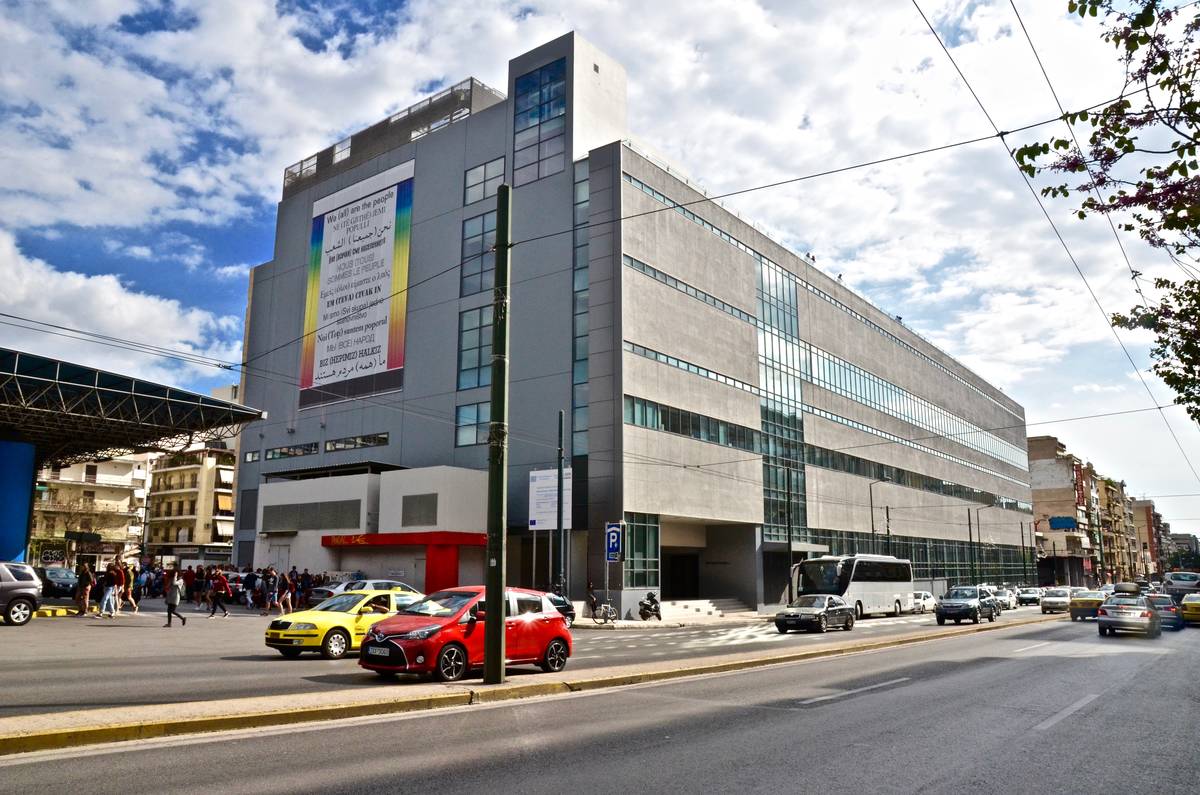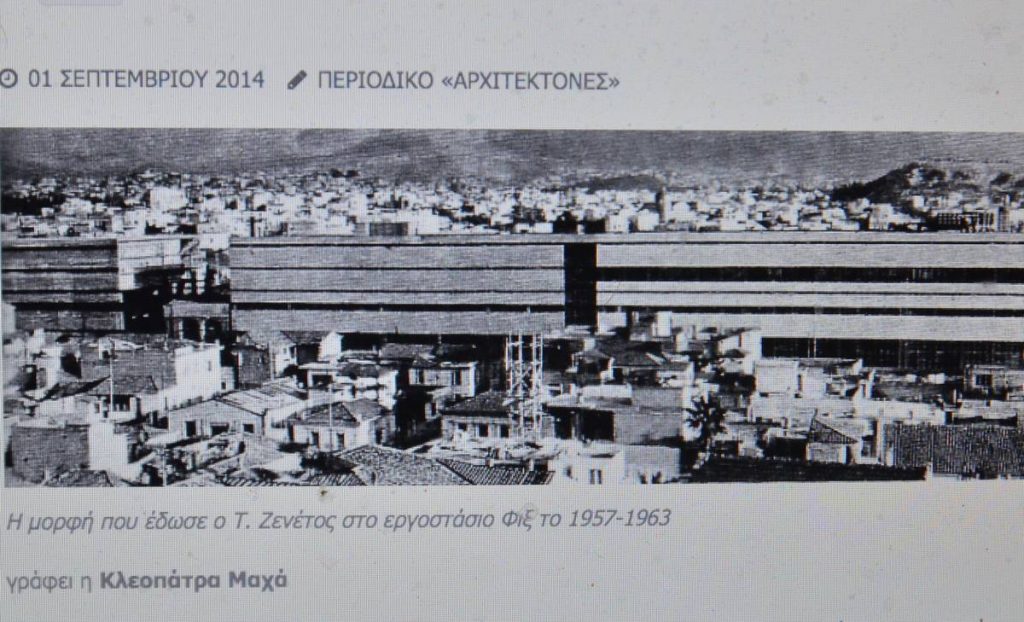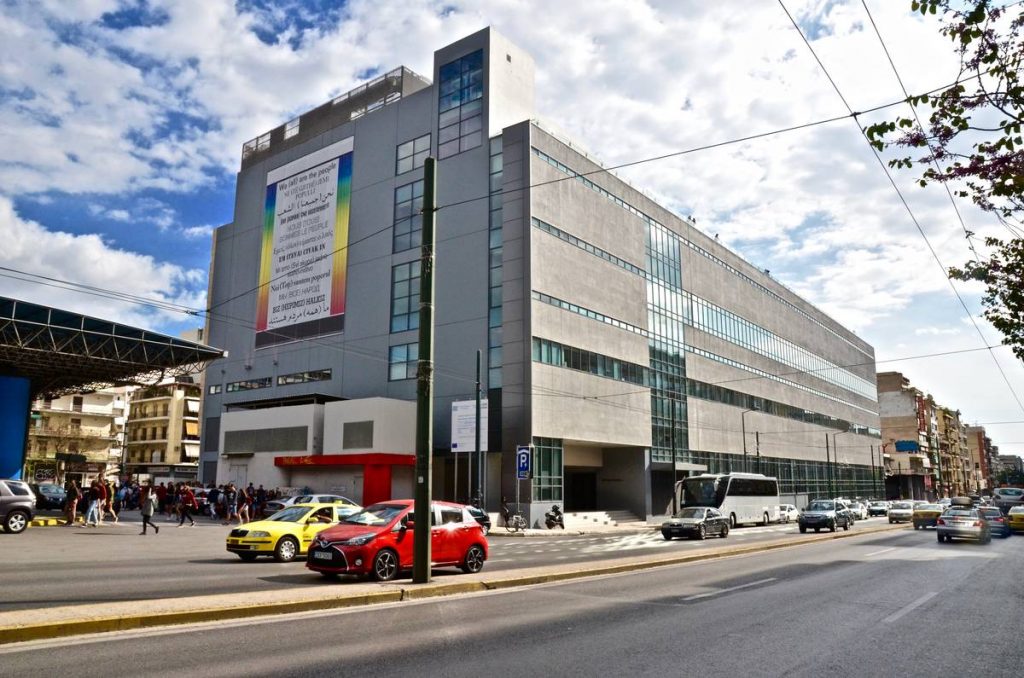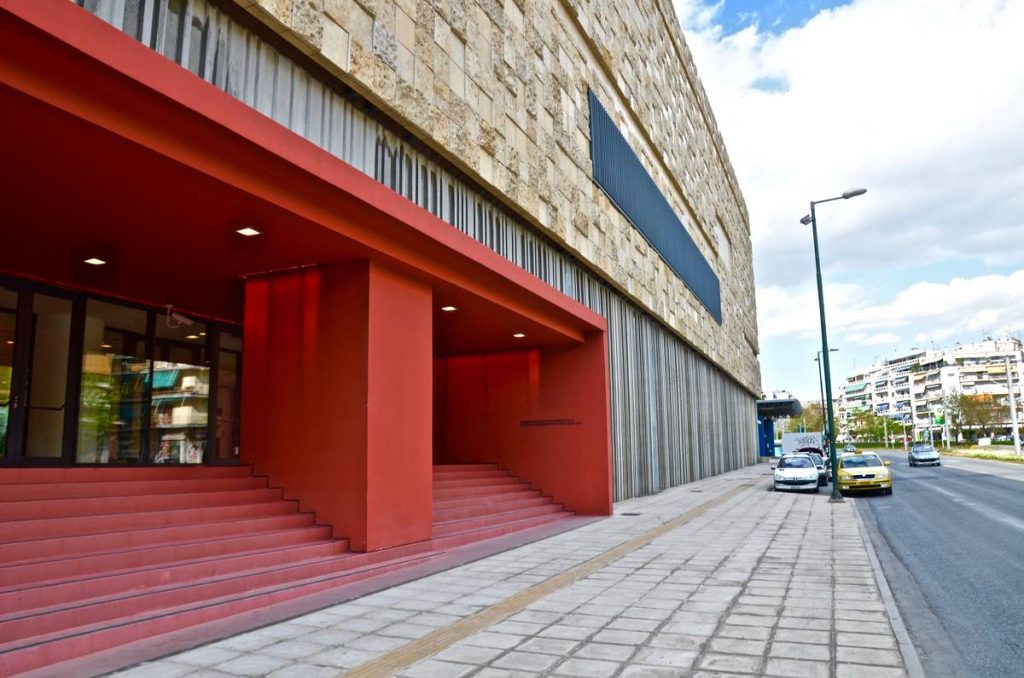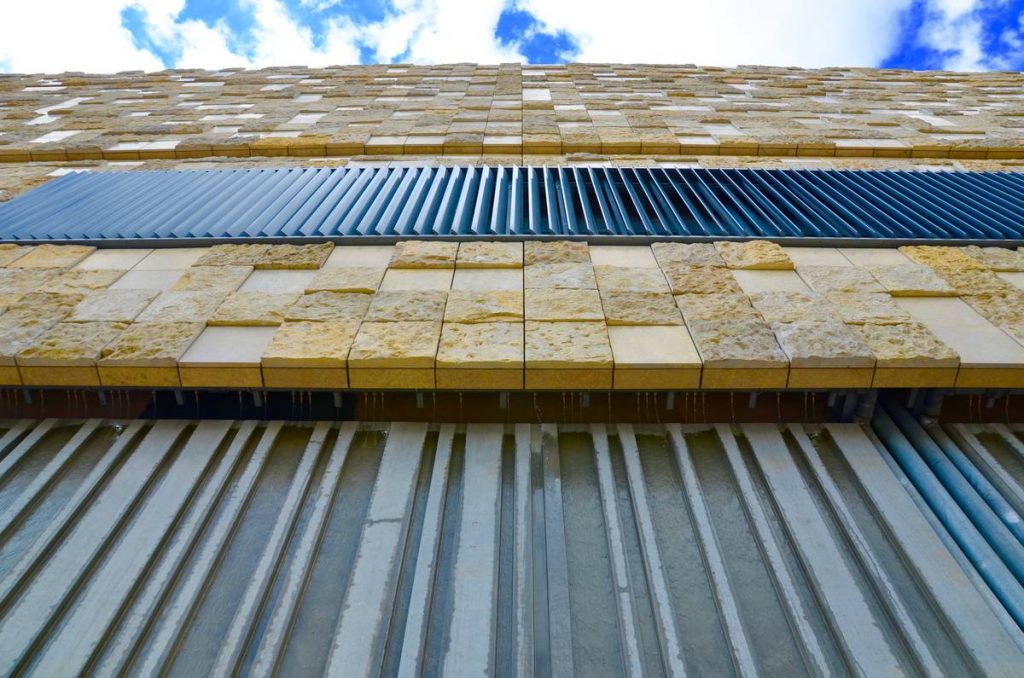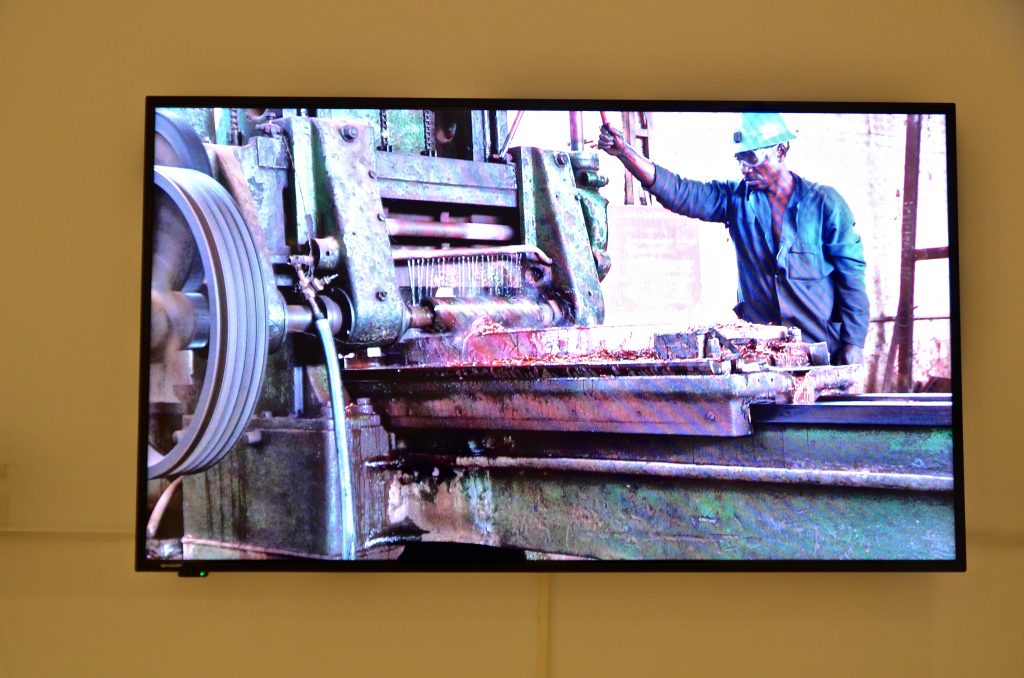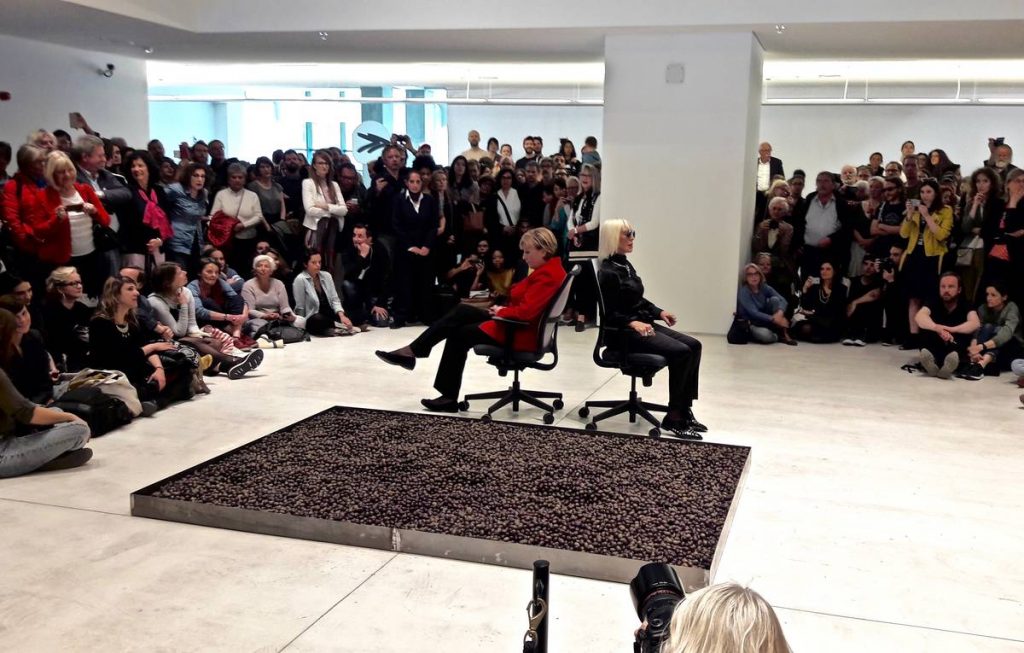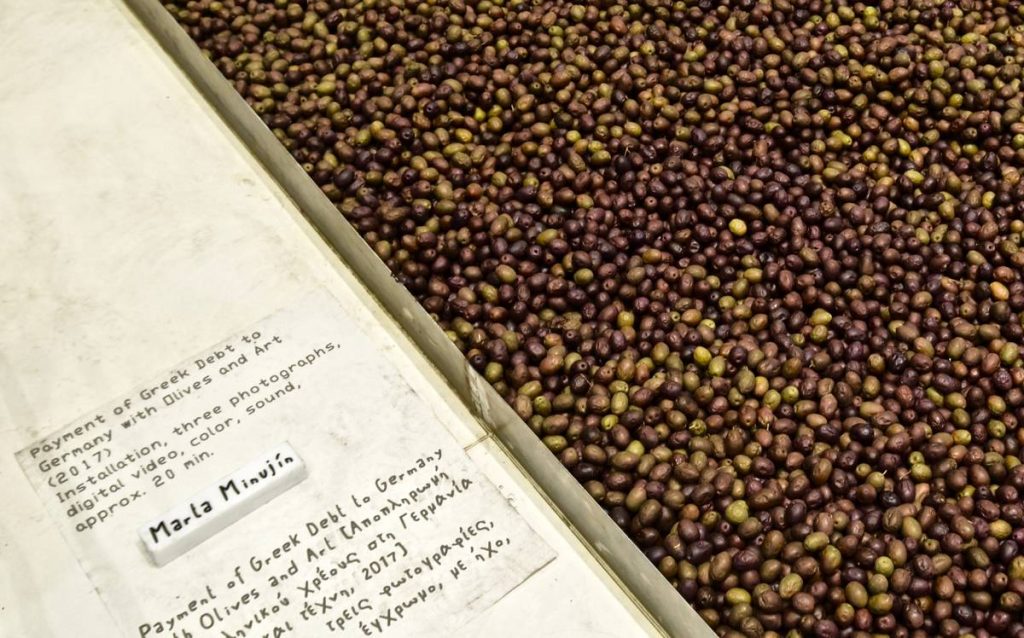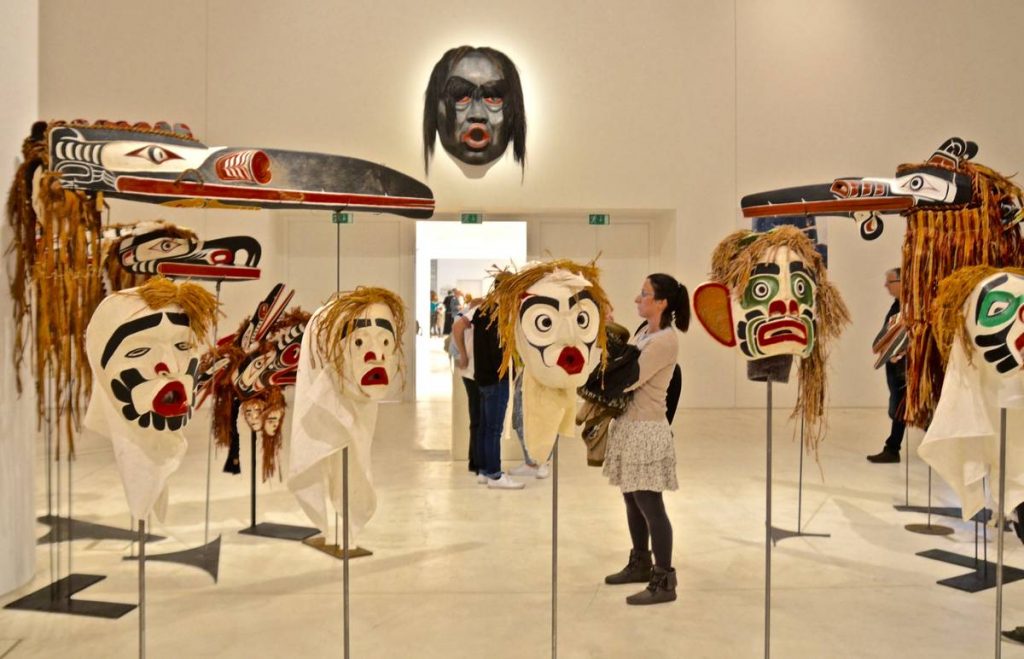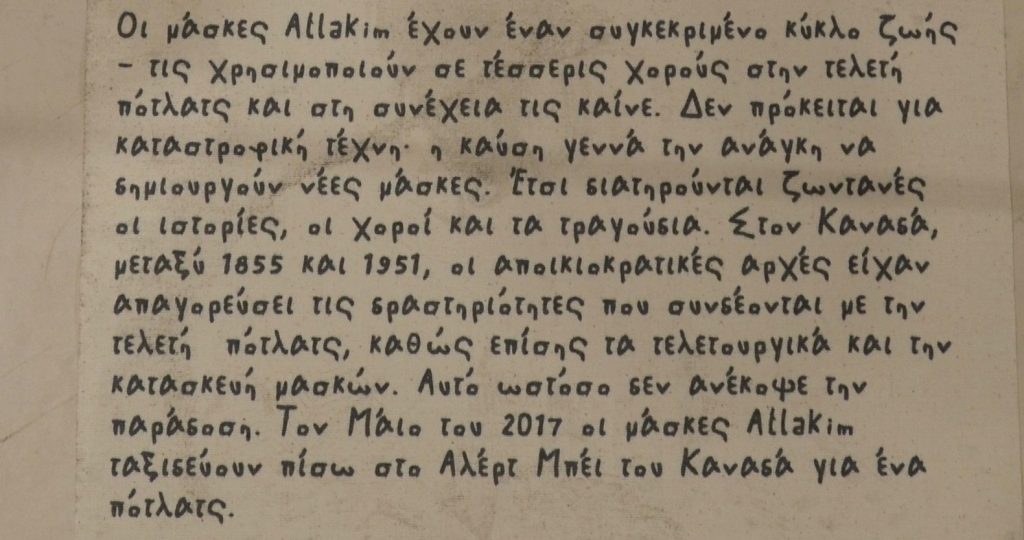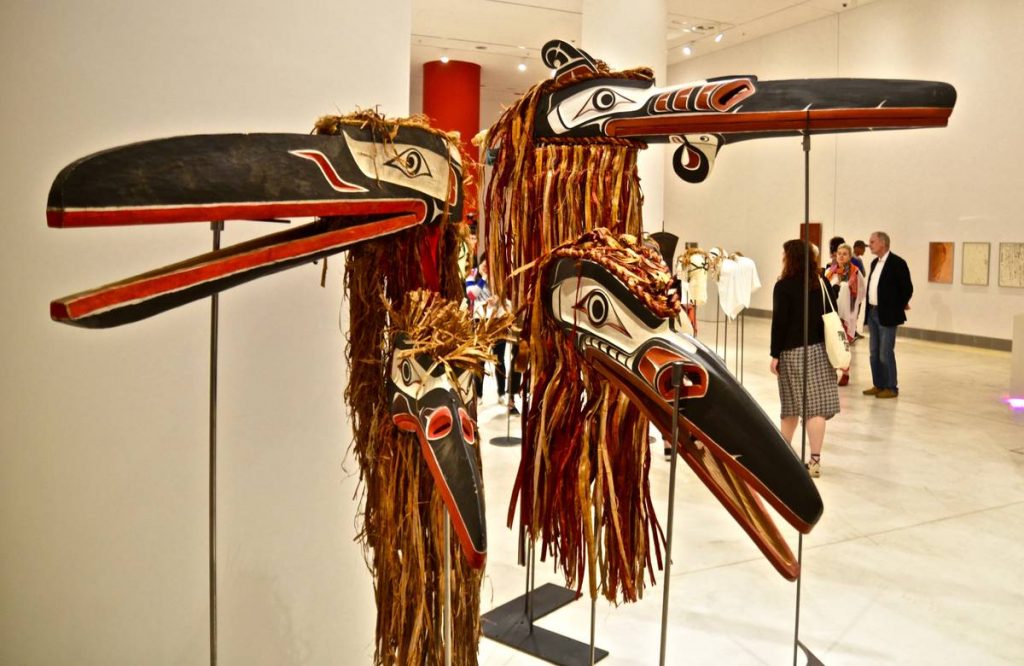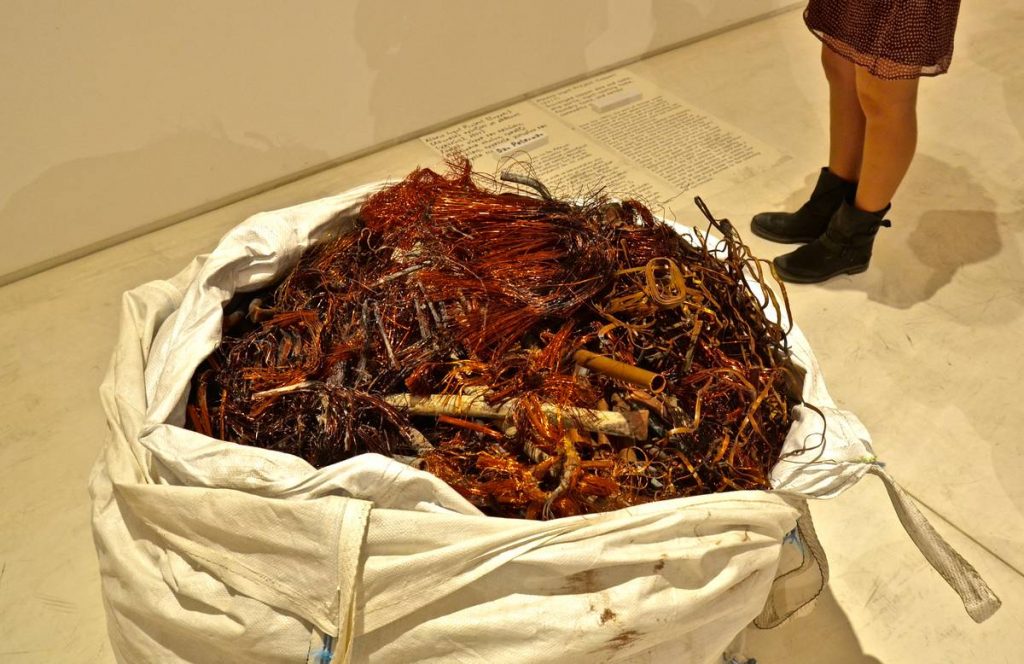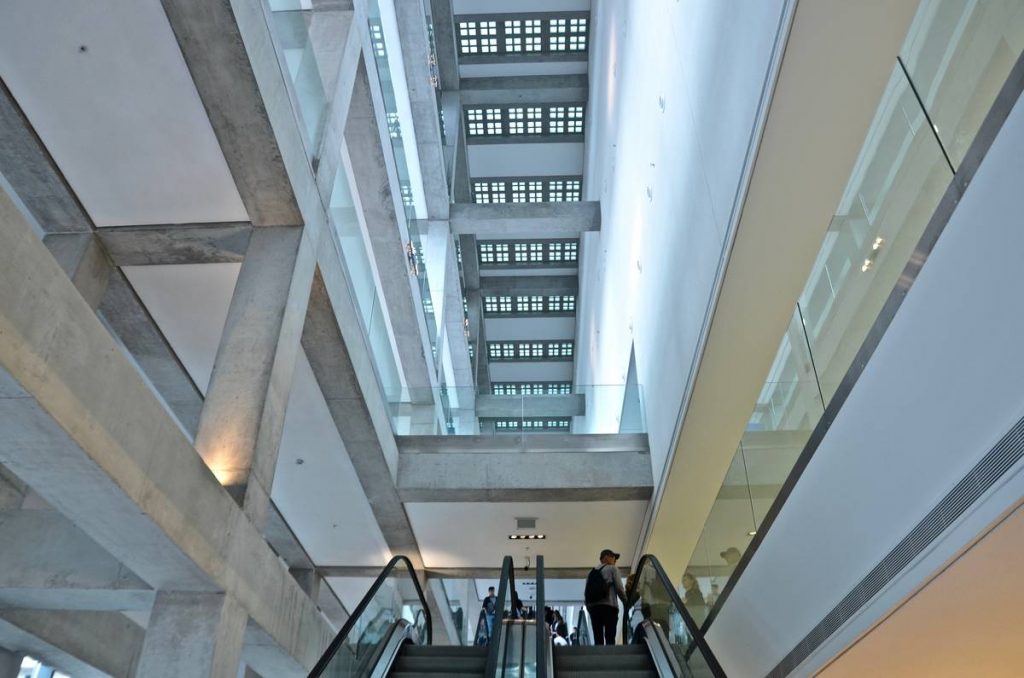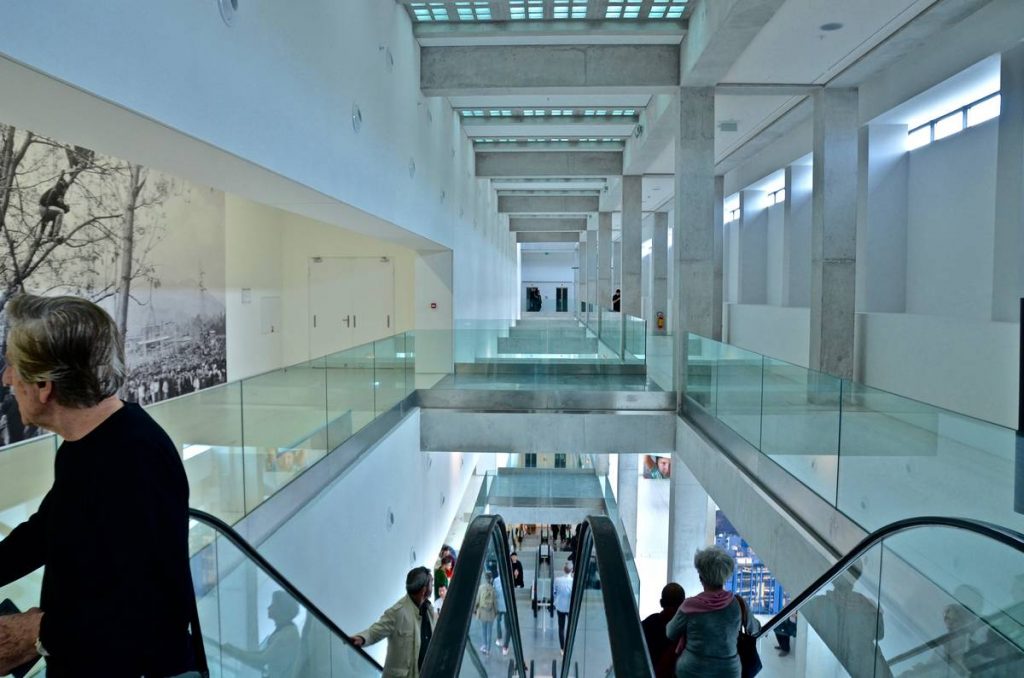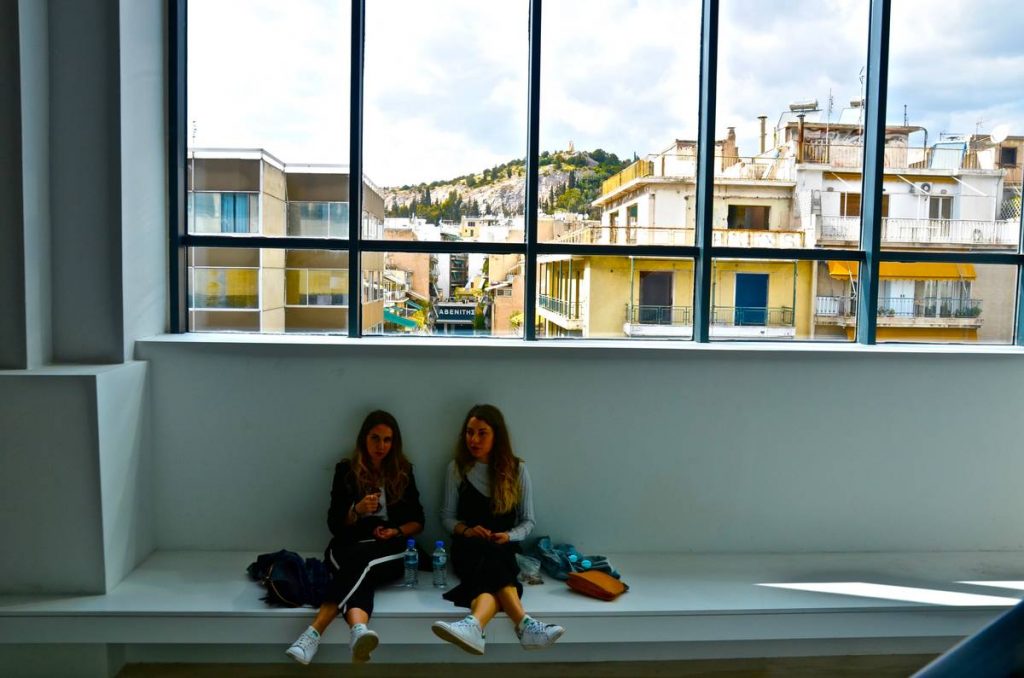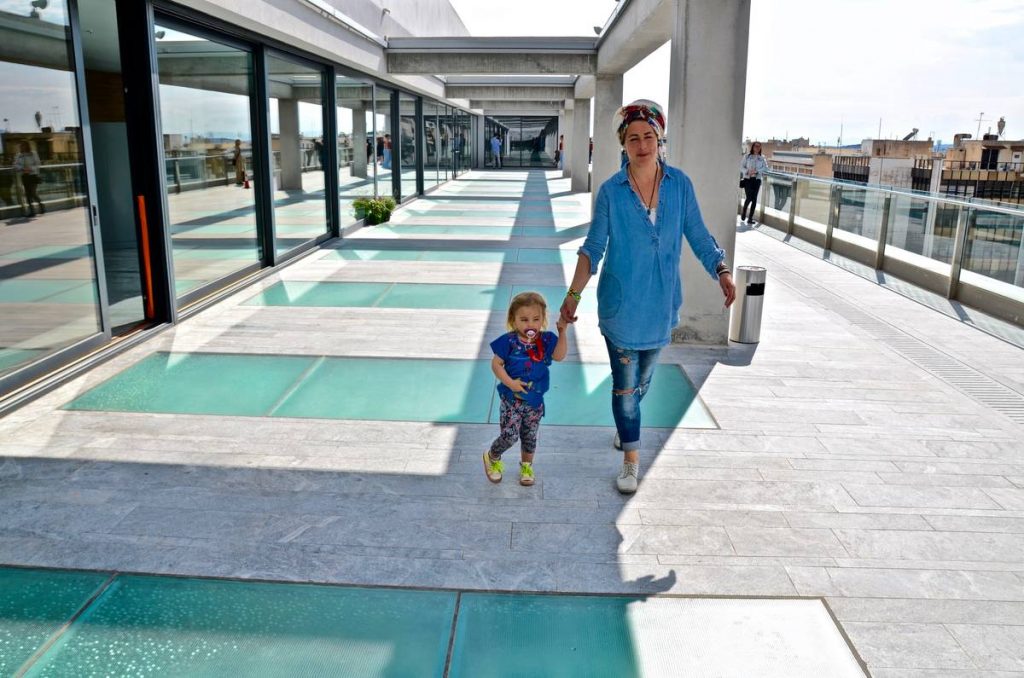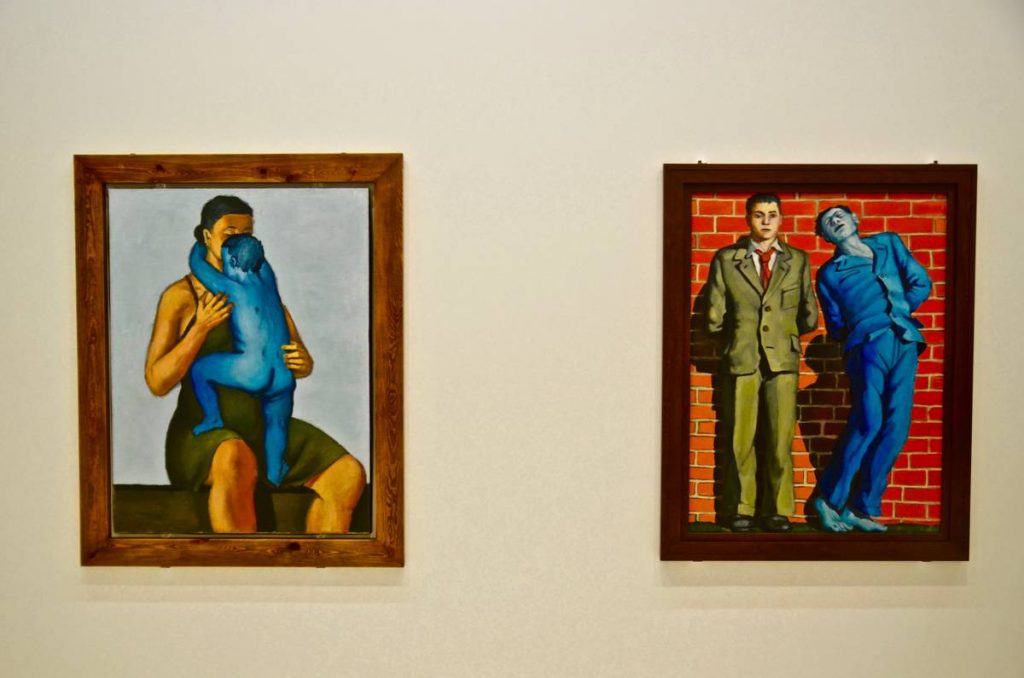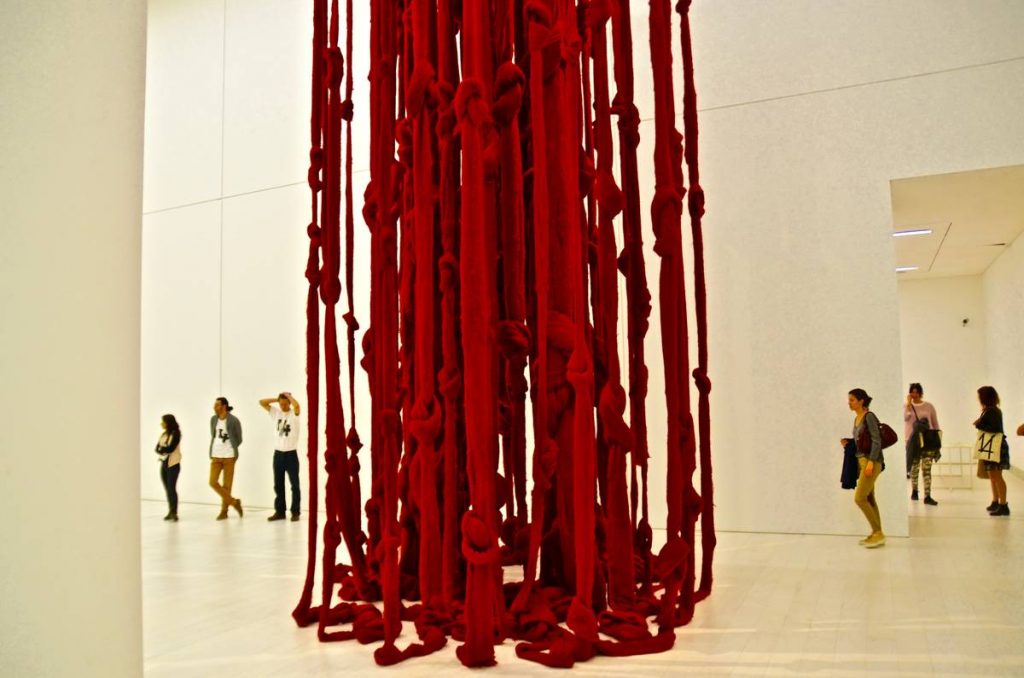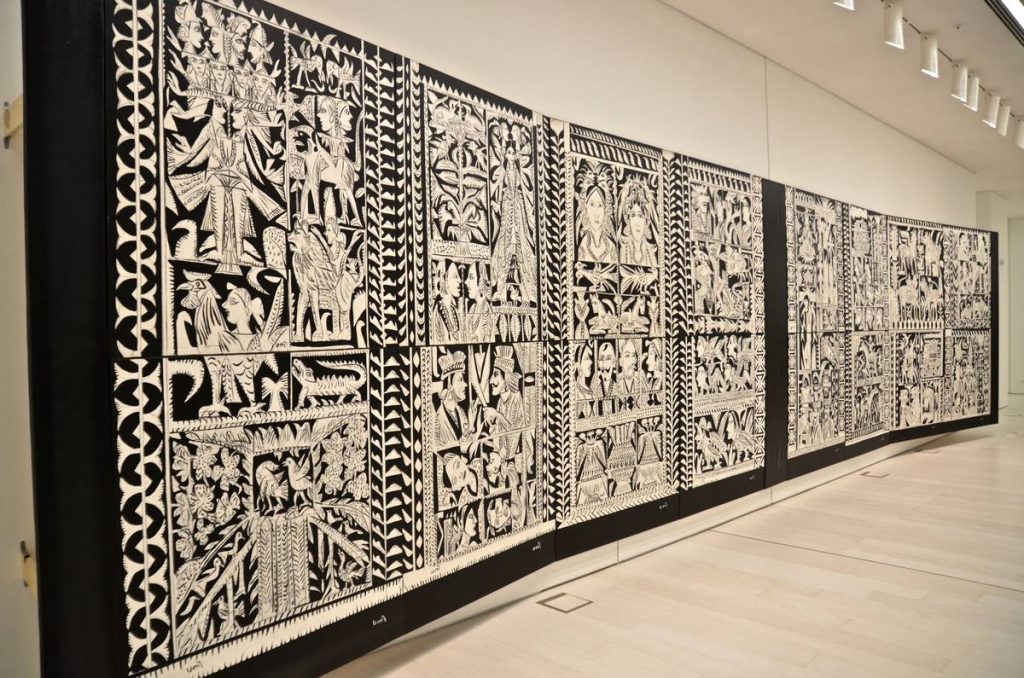The building of FIX brewery in Syggrou Avenue (1957), work of the architect Takis Ch. Zenetou (1926 - 1977), is considered one of the most important post-war industrial buildings in our country. And not just for its morphology but also for the project of the pioneer T. Zenetos to integrate all the buildings of the old facilities (Neoclassical, industrial buildings) and to integrate them in the requirements of the new needs, and all this without hindering the operation of the production. The result was a provocative building of the time with a series of horizontal windows throughout the length - which surrounded the old volumes - with a shocking effect at night, next to the humble single-storey or very two-storey houses in the surrounding area and was considered by the architectural community to be an intelligent and innovative proposal. But also for society it was a symbol of the new era of industrialization and development of Athens.
Many years have passed since then, the factory ceases to operate in the post-government period, due to debts of the owners and falls into the possession of the National Bank, so it is abandoned to its fate. Various proposals were later made for its re-use, as it had been considered a world-class project, but for twenty years it remained unexploited. In 1994 it was bought by the company Attiko Metro and here the process of declaring the building as preservable in the Council of Modern Monuments of the Ministry of Culture was pending, the emblematic Fix is fragmented with summary procedures and only half remains. Since February 2000, following the relevant configuration of the ground floor and part of the basement, exhibitions of the newly established National Museum of Contemporary Art (EMST) and 2002 a lease agreement is signed between Attiko Metro SA and EMST, for a period of 50 years, with the prospect that the former Fix factory will be renovated and become the permanent roof of the museum.
The adventure of the EMST building will continue with the protagonists the Ministry of Culture, but we can say briefly that 15 years later, the building, thanks to the exhibition Documents 14, was delivered with all the floors full of works to the Greek public and we will stand by this event.
For the main facade of the building on Kalliroi, a lot of ink has been spilled and I will not procrastinate. The idea of symbolically representing the riverbed of Ylissos, and of confronting a water zone, the waterfall, at the bottom of the building with the stony patchwork of the rest of the wall did not meet with as much opposition as the connection of this whole composition with the air. simple and abstract style of the other three aspects.
And now we come to the fact of the exhibition, where even here more ink was spilled, the whole Ylissos. The fact is, however Documenta report 14 was inaugurated in Athens on April 8. Across the city, in more than 40 different public institutions, in squares, cinemas, campuses and libraries, more than 160 artists from around the world are presenting their new works for Documenta 14.
A project that was designed 5 years ago, and for a year now is being prepared to be presented in two cities, in Kassel - which has been held for half a century every five years - and Athens. For the first time it is performed in two cities at the same time. The title of the exhibition: "Learning from Athens"! And of course for the eternally remorseful. The entire budget comes from the budget of the exhibition that belongs to the Municipality of Kassel. In other words, German!
At the entrance, as soon as you enter the building, a crate of origin full of olives awaits you, and there looking for the titles of the work - which in all works are written by hand and glued to the floor with relative friction and wear, - but I liked this approach - did you see:
"Payment of Greek Dept to Germany with olives and Art - Repayment of the Greek debt in Germany with olives and art" where of course the interesting moment is when the negotiation takes place in which a Merkel lifeguard participates with Marla Minujin, the outstanding artist.
The artist will create at the Friedrichsplatz in Kassel, Germany, a huge copy of the Parthenon, of 100.000 banned books, a revival of The Parthenon of Books, which he made in Buenos Aires in 1983, shortly after after the fall of the dictatorial regime in her country.
One of the most interesting exhibits were the Attakim masks and not only for their form, but also for the logic that governs them. They will be destroyed to preserve the memories of their construction and the ceremonies that accompany them. Logic potlans, a logic of the primitive peoples, but also of the modern indigenous peoples of the Amazon, who destroyed what was left of them, or that could cause problems of division!
The ground floor of the museum also contains an installation that consists of individual exhibits related to the production of copper, but also the management of its remains.
The most important point of the museum is unreservedly the space of the staircase. The escalators to the four floors move parallel to the windows overlooking Syggrou and the hill of Filopapos and at the top your eye sees an elegant broderie, a beautiful bright mosaic produced by the light that penetrates the glass bricks placed in the . An imposing climb that I think wins the impressions.
However, I liked the game and I went up and down twice enjoying the spectacle.
The space has passages through open windows have amazing openings in bright Athens, but also a feeling that is very friendly to visitors.
The top floor offers an incredible view of the whole of Syggrou, from Aegina to Penteli and I believe that when it will operate as the restaurant of EMST, it will definitely not have to work in anything from the excellent restaurant of the Acropolis Museum!
In the second are perhaps the most impressive works of the exhibition at EMST.
In reviewing the EMST visit the conclusions are clear. The plethora of works, most of them created especially for the Athens exhibition, give the floors of the Museum the energy that the building needs to come to life and make it imperative to function as a Museum of Contemporary Art immediately after the end of the exhibition.
In terms of content, artists whose names most do not belong to the art market presented creations with references to the economic recession, the humanitarian crisis, institutions, colonialism, racism, freedom, apartheid, hunger, homophobia, ecology. In a critical, caustic, subversive and sarcastic style.
The most impressive work of the exhibition, hung from the ceiling of the high ceiling of the Museum, a monumental "History of the Red Thread" by Cecilia Vicunia, a "soft sculpture" of strips of raw wool, painted in red, in honor of a comparative the native deities of the Andes with the marine mythology of ancient Greece.
Within ten years, Syggrou, with the Acropolis Museum, the House of Letters and Arts, the Niarchos Foundation Cultural Center and now the National Museum of Contemporary Art create an axis of Culture, which the pioneer Zenetos could hardly have imagined in his time. It is up to us not to make the buildings luxury trunks and to function as cells of creation and inspiration.

